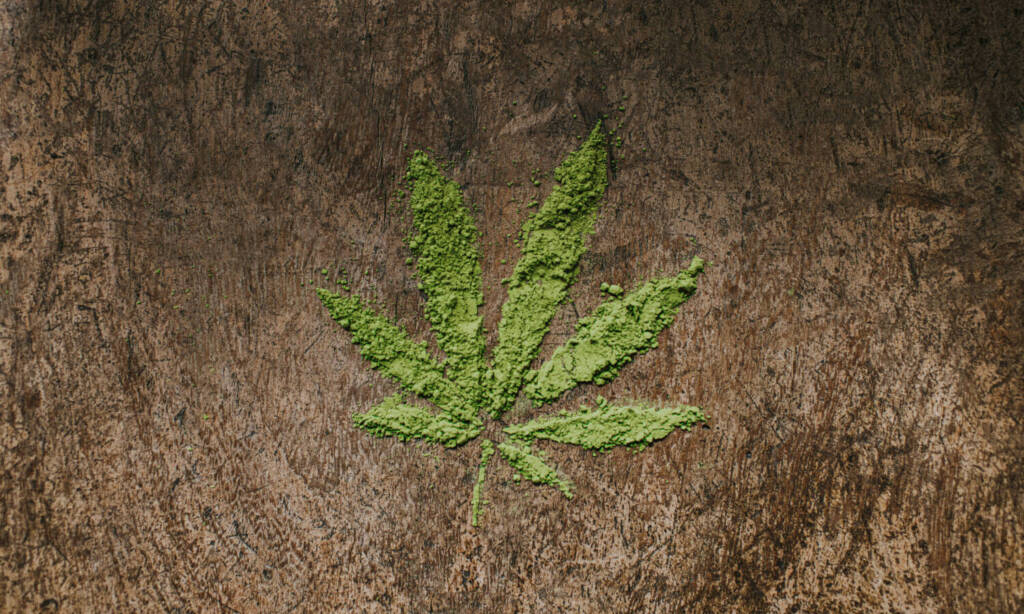The Institute for Justice argues that the seizures violated state law, federal law, and the U.S. Constitution.
Because the continued federal prohibition of marijuana makes banks and payment processors leery of serving state-licensed cannabis suppliers, many of those businesses rely heavily on cash, which exposes them to a heightened risk of robbery. As a new federal lawsuit shows, that danger is not limited to garden-variety criminals. It includes cops who use federal civil forfeiture laws to steal money earned by state-legal marijuana businesses.
Five times since last May, sheriff's deputies in Kansas and California have stopped armored cars operated by Empyreal Logistics, a Pennsylvania-based company that serves marijuana businesses and financial institutions that work with them. The cops made off with cash after three of those stops, seizing a total of $1.2 million, but did not issue any citations or file any criminal charges, which are not necessary to confiscate property through civil forfeiture. That process allows police to pad their budgets by seizing assets they allege are connected to criminal activity, even when the owner is never charged, let alone convicted.
Empyreal, which is represented by the Institute for Justice, argues that the seizure of its clients' money violated state law, federal law, and the U.S. Constitution. In a complaint it filed last Friday in the U.S. District Court for the Central District of California, Empyreal says it is "entitled to protection from highway robberies, regardless of whether they are conducted by criminals or by the Sheriff and federal law-enforcement agencies acting under color of law."
On May 17, Dickinson County Sheriff's Deputy Kalen Robinson pulled over one of Empyreal's vans on Interstate 70, ostensibly because the Colorado tag number was partially obstructed by the license plate frame. Robinson grilled the driver, who explained that she planned to pick up cash from licensed medical marijuana dispensaries in Kansas City, Missouri, the next day, then take it to a credit union in Colorado, which would entail traveling through Kansas again on the same highway. Robinson let the driver proceed on her way without issuing a citation, but the federal Drug Enforcement Administration (DEA) kept an eye on the van the following morning as it visited the Missouri dispensaries.
Later that day, Robinson stopped the van again as it traveled west on Interstate 70, seizing more than $165,000 in cash from its vault. In September, the Justice Department filed a civil forfeiture complaint seeking to keep the money. If the government prevails, the Dickinson County Sheriff's Department will get up to 80 percent of the loot under the Justice Department's "equitable sharing" program.


